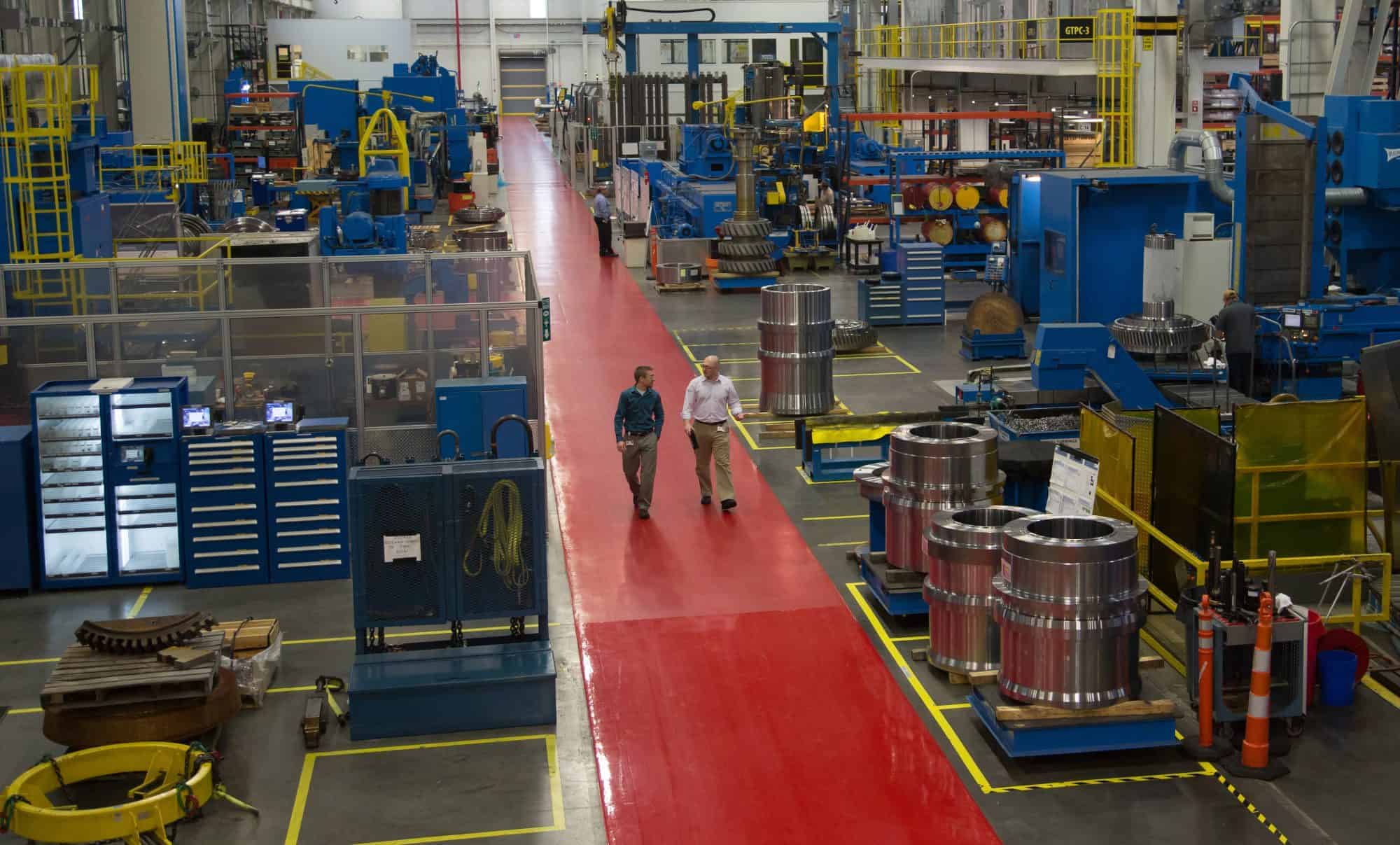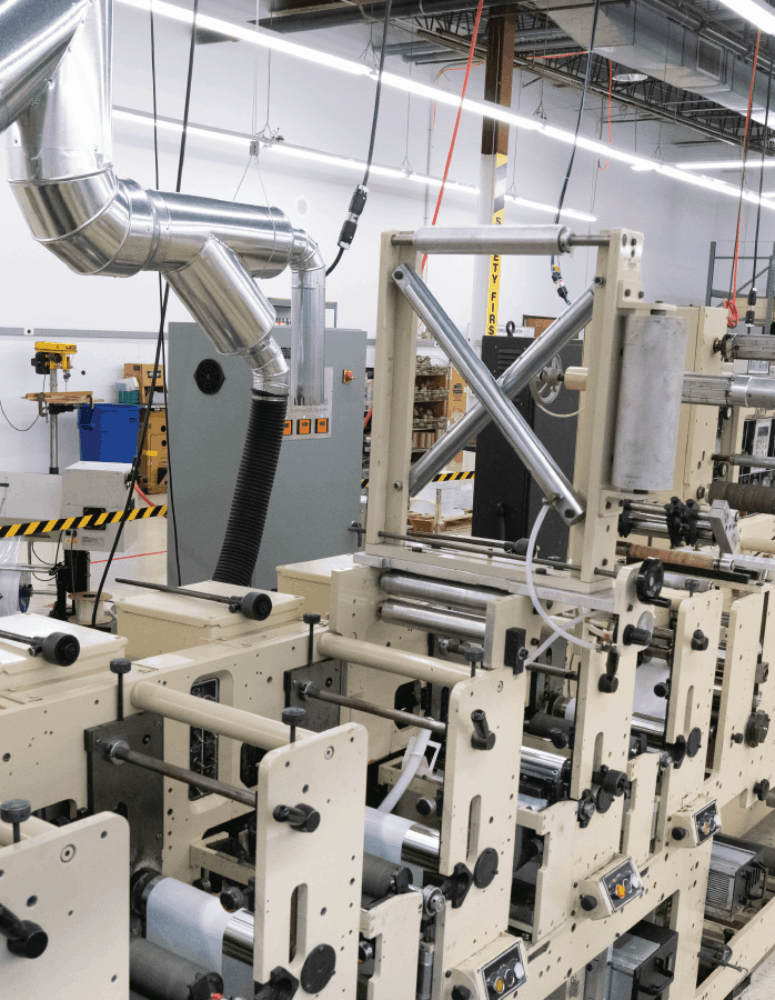Outlook Hazy for Manufacturing 4.0 Progress, Survey Shows
Get the Latest News
Sign up here
During the COVID-19 pandemic, many manufacturers raced to adopt advanced manufacturing technologies as a way to mitigate related disruptions. But there are signs the implementation is falling short of expectations, according to a new survey from the Manufacturing Leadership Council.
Is M4.0 adoption increasing? Respondents to the most recent survey were nearly evenly divided as to whether they were increasing digital-tool adoption in the wake of the pandemic: 30% said adoption had accelerated, 32% said it decelerated and 35% said it had not changed. Prior surveys overwhelmingly revealed that manufacturers were accelerating their digital investments.
Key findings: Other data points of note include the following:
- Most manufacturers gave themselves a low- to mid-level grade on their M4.0 maturity—somewhere between a 3 and a 7 on a scale of 1 to 10. When it comes to M4.0 roadmaps, the largest percentage of respondents (33%) said that formal roadmaps were still under development.
- Nonetheless, progress is being made in some areas. Customer support made the most strides in M4.0 adoption, with 12% of respondents rating themselves as advanced in this area compared to only 4% last year. Additionally, 20% of manufacturers surveyed said their plant floors are extensively networked and IP enabled, and 52% said they have digitization for production and assembly processes.
- More manufacturers are keen to take advantage of M4.0 technologies: 43% of respondents said they use machine learning, and another 27% said they plan to bring it online in the next two years.
- The biggest jump for planned usage is for digital twins: 32% of respondents said they plan to implement this technology in the next two years, on top of the 25% who are using it now.
Major risk: Many manufacturers find themselves in a perilous cybersecurity position, according to the survey. Just 19% have a fully formed cybersecurity program that includes workforce preparedness plans, employee training and routine drills that simulate a cyberattack.
- This is likely why 57% of respondents say that their company’s plant floor systems and assets are only partially secure against cyberattacks. The need to upgrade legacy equipment tops the list of potential challenges, with 59% of manufacturers reporting that they should do so.
Other struggles: Not surprisingly, 53% of respondents cited a lack of skilled employees as their top challenge. Some 39% said access to an adequate budget for M4.0 investments was their chief problem.
The takeaway: Despite these issues, manufacturers still see tremendous potential in embracing M4.0, according to the survey’s findings.
- Sixty-seven percent of respondents cited better operational efficiency as a top benefit of M4.0; 49% cited better decision-making, 47% cited greater speed and flexibility and 42% cited cost reduction.
- Disruptions of the past two years have made manufacturers want to move toward becoming factories of the future, but the realities of the ambitious undertaking are proving daunting. Those who persist, however, are likely to find great rewards.


